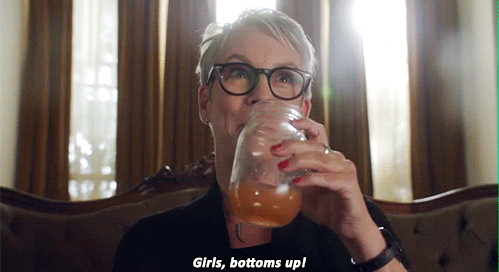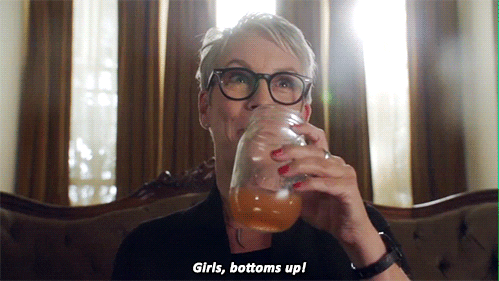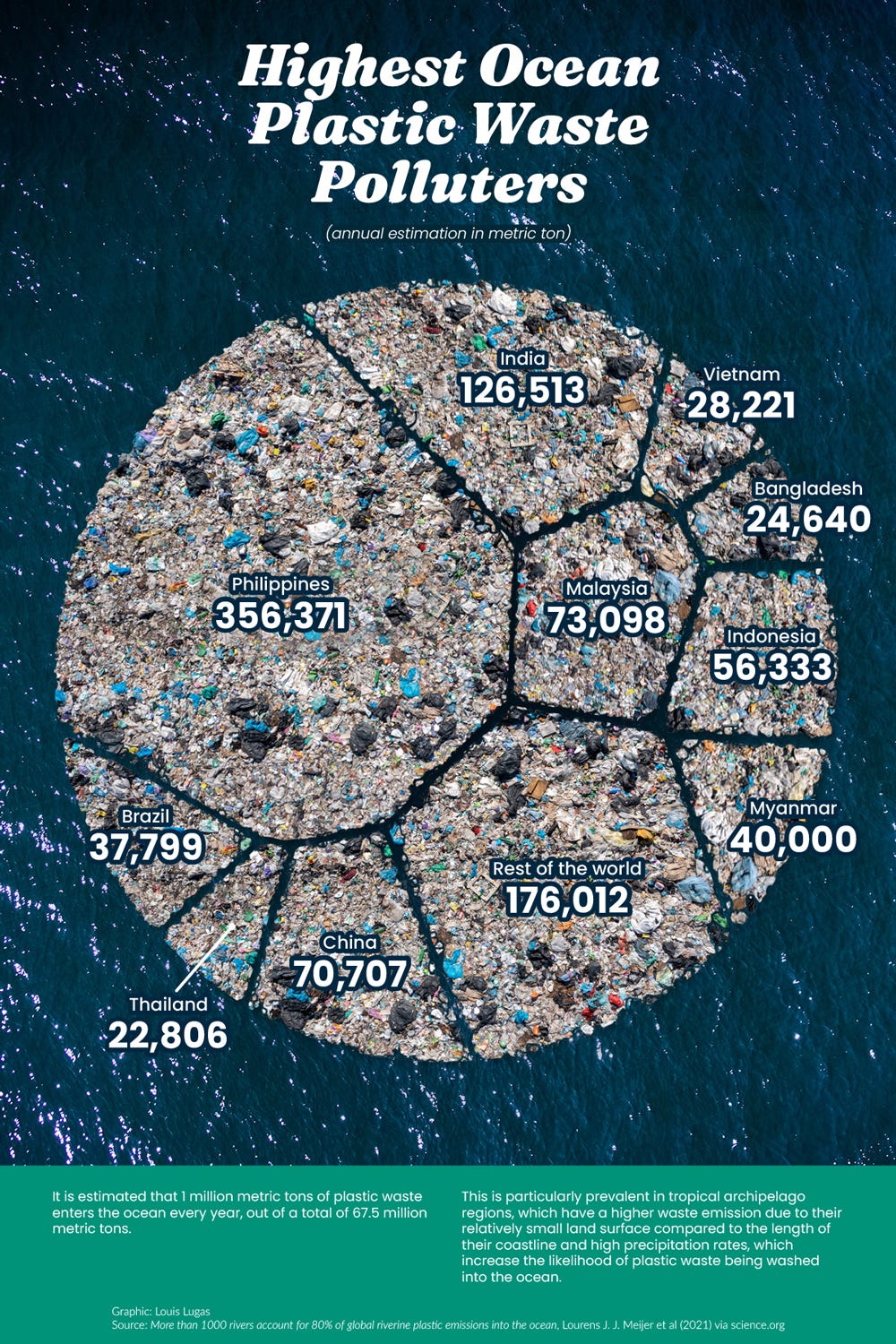Friends of Dave #327: when cocktails were just soup
The line between what is possible and impossible is often more thin than you think.
Have you ever stopped and thought about the limits of what is actually possible?
How do you know what makes something “possible” and what is “not possible”?
What makes you absolutely certain of it?
This week I found myself in a number of different conversations about innovation, change and possible impacts and outcomes. While we all have our own ideas about what is possible and not possible what I learned is that there is often just a thin line that separates the two.
Here’s what I mean:
Ask a random person “Do you think it is possible for humans to live on Mars?” Their answer is going to be shaped by both facts and opinion.
Most people are not scientists. So the answer someone provides to this question is going to be largely their opinion based on the number facts that they have been exposed to or know.
Ask someone in a remote, undeveloped part of the world this question, they might not know the extent of our space capabilities — the suggestion that we could send a human to travel to, let alone live on, Mars may sound not just improbable, but clearly impossible.
And they could be right. Despite all of the data, the simulations, the realistic movies and research that tells us that it is possible, we still don’t know for certain if it is. We won’t know until we try.
My point: there can be a thin line that separates what we think is possible (based on the facts and opinions we have at our disposal) and we think is not possible. The strength and thickness of that line that separates the two is determined by our belief.
Until something is proven certain, there will be people who will say things are impossible. Perhaps the majority. But those that are willing to have an open mind can believe in possibility. If the right people believe in the possibility, then they will have the courage to try to prove that the belief is certain.
Think about it. There are laws of science and physics that determine how things work. Someone at some time had to prove that those were certain, even when others thought they might be impossible.
Yet still, in many cases in our daily lives we each have a say in what is possible and what is not possible. The difference between which way we tend to lean is determined by our belief.
Our worlds can expand, improve and become more rich when we allow ourselves to imagine and believe what could be possible….
I know this preamble was a bit abstract, so I thank you for bearing with me…it was a busy week….I hope it gives you something to think about. It’s possible it will be something we revisit in the future.
In the meantime, definitely check out the curated stories below. Good stuff all around.
XOXO
Dave
Think on This…
When we compare ourselves with those we perceive as higher status, we feel insecure and doubt our self-worth. This in turn leads us to chase status as a way to try to feel better about ourselves. As a result, we see that pursuing status will never bring true happiness.
For Your Day Job…
Everyone seems to want their growth to be product led. However, here are four scenarios where you need to prioritize other work before you can start a PLG motion.
Your Weekly Dose of Randomness…
Millions of metric tons of plastic are produced worldwide every year. While half of this plastic waste is recycled, incinerated, or discarded into landfills, a significant portion of what remains eventually ends up in our oceans.
In this graphic, data was used from a research paper to highlight the top 10 countries emitting plastic pollutants in the waters surrounding them.
“For a summertime drink, it is low in calories … Best of all, it is downright delicious.”
Many, if not most, American plugs have them. So what exactly are they for?
“My general disillusionment with the culture and the people conditioned me to have a negative experience.”
In an essay for Insider titled “I'm an NYU student who studied abroad in Florence. I hated every aspect of my semester abroad,” a 19-year-old wrote about how her experience at NYU’s Florence campus wasn’t filled with the romantic rides on Vespas and strolls with gelato that she expected.





